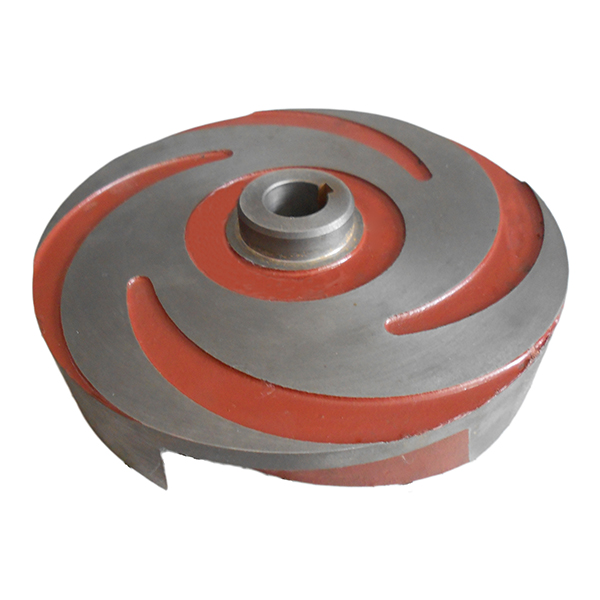Mobile:+86-311-808-126-83
Email:info@ydcastings.com
French
advantages of pressure die casting
Advantages of Pressure Die Casting
Pressure die casting is a highly efficient manufacturing process that involves forcing molten metal into a mold cavity under high pressure. This technique has gained significant popularity in various industries due to the numerous advantages it offers. Here, we will delve into the key benefits of pressure die casting that make it an excellent choice for producing metal components.
1. High Dimensional Accuracy One of the most significant advantages of pressure die casting is the exceptional dimensional accuracy it provides. The high pressure used in the process ensures that the molten metal fills the mold completely, resulting in parts that have tight tolerances and precise dimensions. This high level of accuracy reduces the need for extensive machining after casting, which can save time and costs.
2. Excellent Surface Finish Parts produced through pressure die casting typically exhibit a smooth surface finish. The process allows for the creation of complex shapes with fine details, and the smooth surfaces can often eliminate the need for additional surface treatment. This characteristic is crucial for many applications where aesthetic appeal or fluid dynamics play an essential role.
3. High Production Rates Pressure die casting is renowned for its ability to produce large volumes of components in a short amount of time. The process allows for rapid cycle times, and once the molds are made, numerous parts can be produced consecutively. This efficiency makes it an ideal choice for industries that require high quantities of parts without compromising on quality.
advantages of pressure die casting

4. Versatility The pressure die casting process is highly versatile, allowing manufacturers to work with a wide range of metals, including aluminum, zinc, and magnesium. This adaptability enables the production of various components suited for diverse applications, from automotive parts to intricate electronic housings. Furthermore, the process can accommodate different design complexities, making it suitable for both simple and intricate geometries.
5. Reduced Waste Another notable advantage of pressure die casting is its ability to minimize material waste. The process is designed to use molten metal efficiently, and any excess metal can often be recaptured and reused. This feature not only contributes to cost savings but also aligns with sustainable manufacturing practices, making it a more environmentally friendly option.
6. Strength and Durability Components produced through pressure die casting are often stronger and more durable than those made through traditional casting methods. The rapid cooling of the metal as it fills the mold leads to a finer grain structure, resulting in enhanced mechanical properties. This strength is particularly valuable in applications that demand high performance under stress.
7. Cost-Effective for High Volumes While the initial setup costs for molds can be high, the long-term benefits of pressure die casting make it a cost-effective choice for high-volume production. The ability to produce consistent, high-quality parts at scale leads to lower unit costs, making it an ideal solution for manufacturers looking to maintain profitability.
In conclusion, pressure die casting offers a multitude of advantages that make it a preferred manufacturing process across various industries. From high dimensional accuracy and excellent surface finishes to high production rates and reduced waste, the benefits are compelling. As technology continues to advance, pressure die casting is likely to remain a critical method for producing high-quality metal components efficiently.











